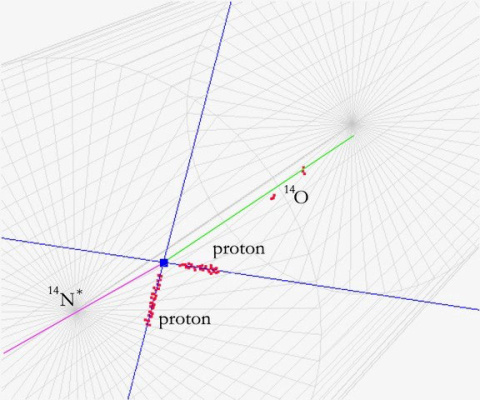
Scientists take pictures of a nuclear reaction in the laboratory to understand processes inside the cores of stars.
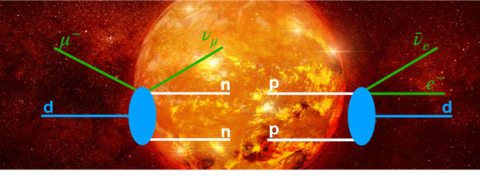
Nuclear theorists study muon capture on deuteron to understand proton-proton fusion and the hydrogen burning phases of stars.
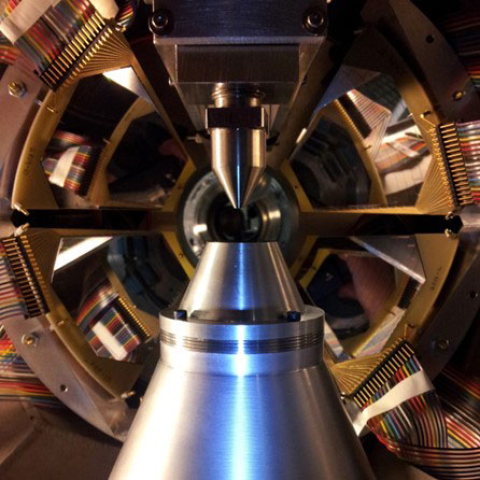
A unique study of a key reaction in X-ray burst nucleosynthesis bolsters the theoretical models used to calculate reaction rates.
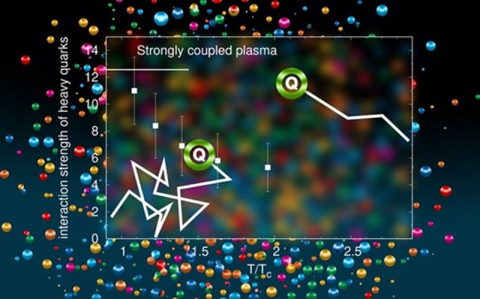
New results will help physicists interpret experimental data from particle collisions and better understand the interactions of quarks and gluons.
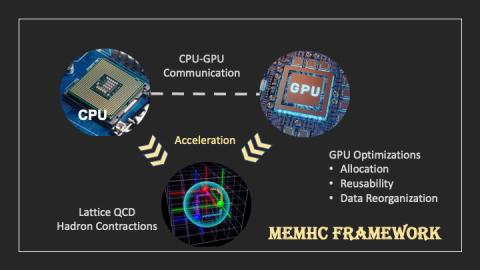
MemHC improves the efficiency of complex supercomputer physics calculations by optimizing memory management.
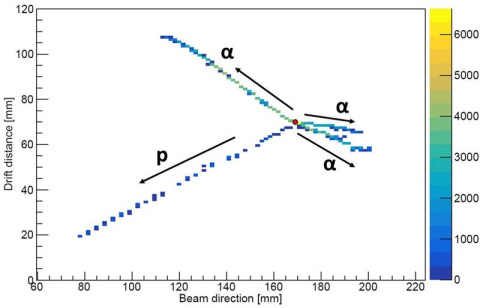
For the first time, scientists observe a new and rare decay mode where oxygen-13 breaks into three helium nuclei and a proton following beta decay.
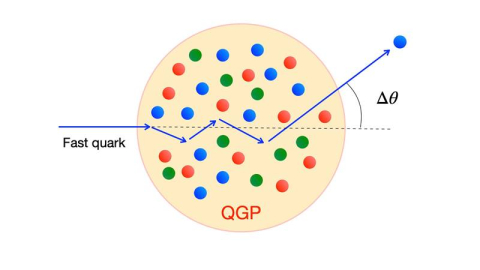
New calculations suggest that high energy quarks should scatter wider and faster in hot quark matter than can be accounted for by local interactions.
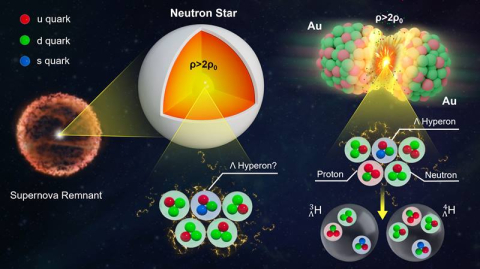
First measurements of how hypernuclei flow from particle collisions may give insight into the strange matter makeup and properties of neutron stars.
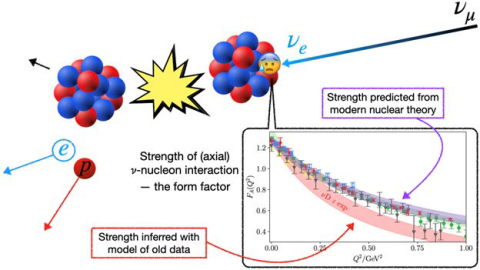
Modern nuclear theory predicts that nucleons appear less “squishy” when probed with neutrinos than was previously inferred from experimental data.
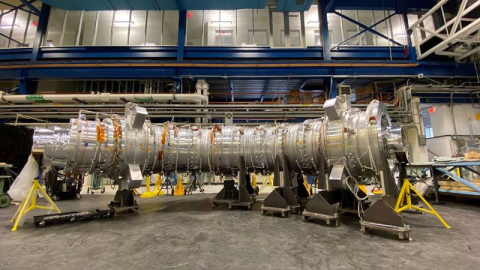
Nuclear “filters” will aid in searches for new-physics events occurring with odds of one in 100 quadrillion.

